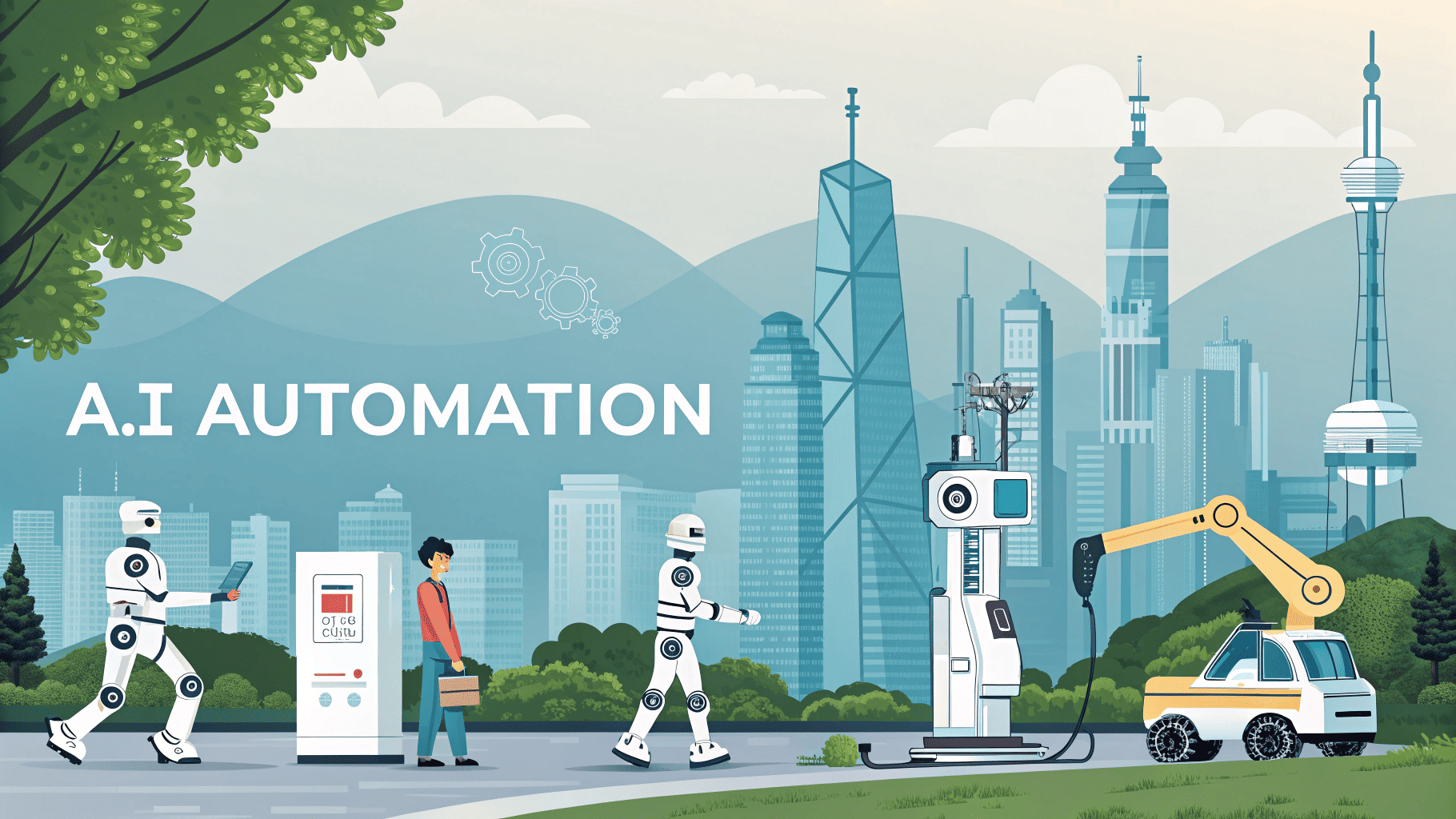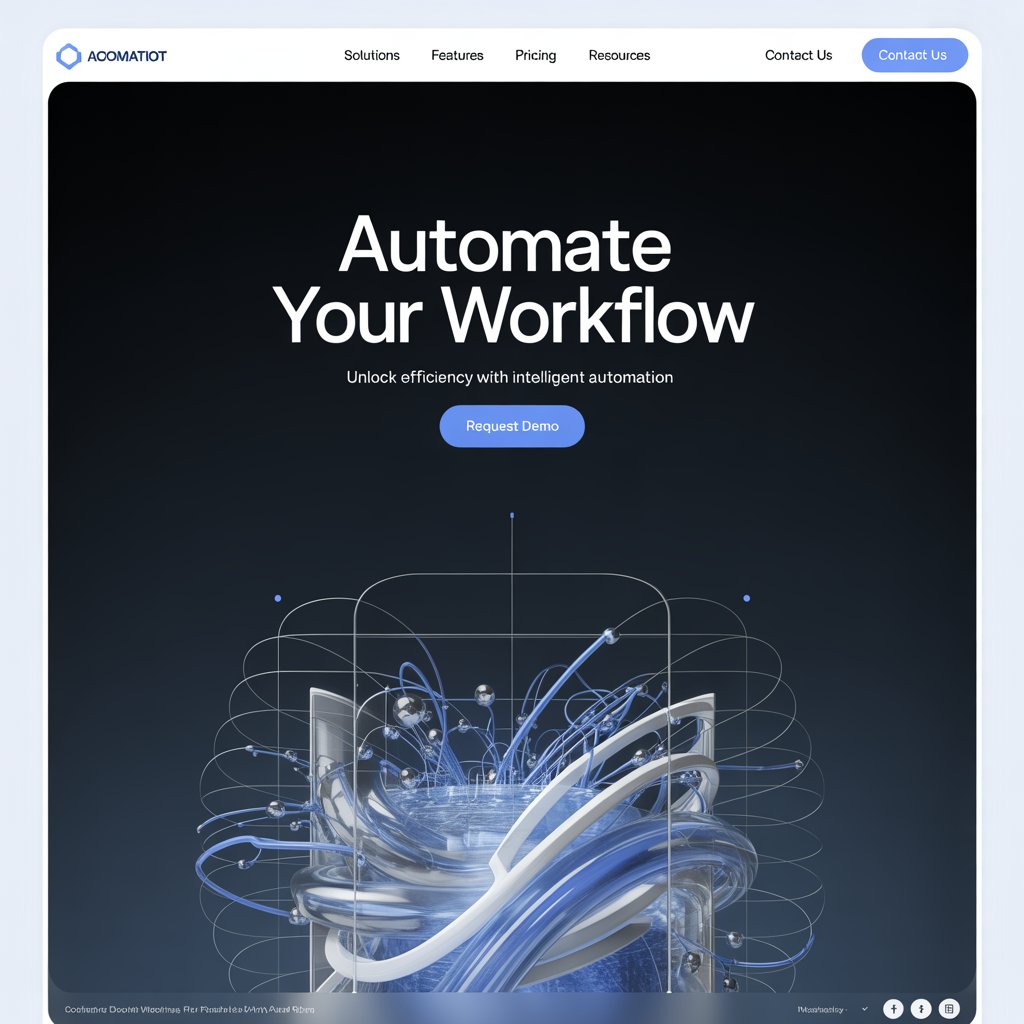
What does AI task automation really mean?
AI task automation is the process of using specialized software to perform repetitive, rule-based tasks that once required manual effort. Instead of moving files by hand, copying numbers into spreadsheets or forwarding dozens of emails, automation takes on these time-consuming actions.
- Examples: sending invoices, checking data, or responding to common questions.
- Leading tools like Bardeen, Make, and Parabola simplify complex processes for every skill level.
- Automation adapts to fields like marketing, HR, education, design, and customer support.
Why does it matter in 2025?
The pressure to deliver results quickly and with fewer mistakes is growing everywhere. AI-powered tools handle an increasing share of daily work, freeing teams to focus on solving problems and making creative breakthroughs.
Key benefits : more than just saving time
- Less repetitive work means more energy for strategic and human-centered tasks like decision-making or generating new ideas
- Automation reduces errors that happen through manual steps, especially those involving lots of numbers or files
- Well-designed flows support team morale because people get to focus on high-value projects, not tedious chores
- As organizations grow, automation scales handling more tasks at once without hiring added staff
How does an automated process work?
- Trigger : an event starts the process (an email arrives, a form is submitted, or a task reaches a certain stage).
- Rules : pre-set logic or filters define what happens next.
- Processing : the tool sorts, checks, or transforms data between different places such as your inbox, a calendar, or a cloud folder.
- Action : the automation finishes by sending updates, moving files, or notifying a person.
Tools like Parabola automate workflows for ecommerce, while Make connects apps for designers, marketers, and more.
Example : A student automates project reminders
- Sets a calendar event that triggers a reminder email each week
- The automation checks progress and updates a shared document for the group
- All project status is logged without manual effort
Real benefits for different types of users
For business teams
- Process client leads automatically so sales staff focus on high-value calls
- Run customer support chatbots for frequent issues
- Sync reports between accounting, HR, and inventory systems
For students and educators
- Auto-organize research documents and highlight key findings
- Schedule study reminders, track assignment progress, and collect feedback all without manual effort
For content creators and designers
- Batch-create and post content across multiple channels using a single template
- Organize assets and automate basic editing steps
- Collect engagement statistics and spot trends faster
If you want concrete examples from various sectors and professions, check AI automation examples: top real-world use cases for fresh inspiration.

Start your first workflow : A simple how-to
You don’t need a technical background. most automation platforms use easy drag-and-drop interfaces and ready-built templates.
- Identify a boring recurring task something you always do the same way, like exporting data or posting reminders
- Choose a simple free tool (such as Make or Bardeen) and create an account
- Connect the apps you use most (email, drive, calendar, trello, notion)
- Choose a template or set a basic trigger for example, when a new row is added to a spreadsheet, send a slack message
- Test, tweak, and let the software run the process for you
If you want to master implementation or need advanced tips, don’t miss AI automation tools & best practices: complete implementation guide for step-by-step advice and tool reviews.
Tips to make automation part of your routine
- Keep it simple at first: automate one process, not everything at once
- Regularly review your steps processes can change as you grow
- Choose tools that let you add users or features as your needs expand
- Pay attention to privacy double-check how your data is shared when connecting services
When automation can go wrong
- Poor planning leads to duplicated or lost data
- Setting too many triggers can create email floods or confusion
- Always test before fully relying on a new process
For deeper insight on avoiding pitfalls, read about troubleshooting in overcoming AI automation challenges: solutions for success.
Move from basic to advanced automation
Once you’re comfortable, explore features like conditional logic, multi-step workflows, and integrations across platforms. successful teams regularly review their automations to discover new ways to cut wasted time.
- Use analytics to measure time saved
- Track errors and fine-tune flows based on feedback
- Help teammates by sharing your templates and tips
Next steps to master AI task automation
Adopting automation is about more than the latest tech it’s the mindset of always seeking a smarter way to work. when you find ways to save time, reduce errors and open up new creative opportunities, you gain an edge in a competitive world. to explore more industry applications and creative use cases, jump to AI automation examples: top real-world use cases.


